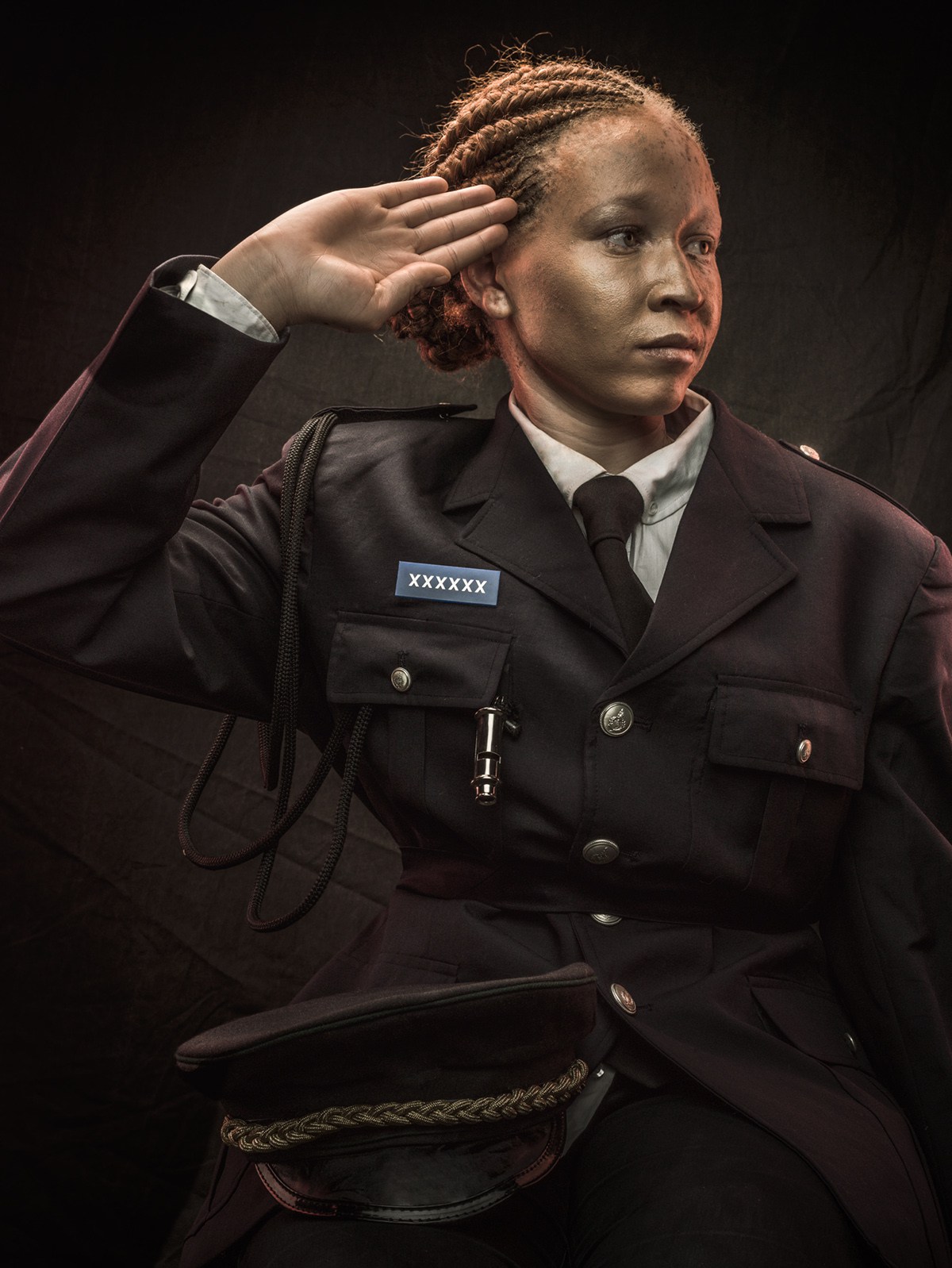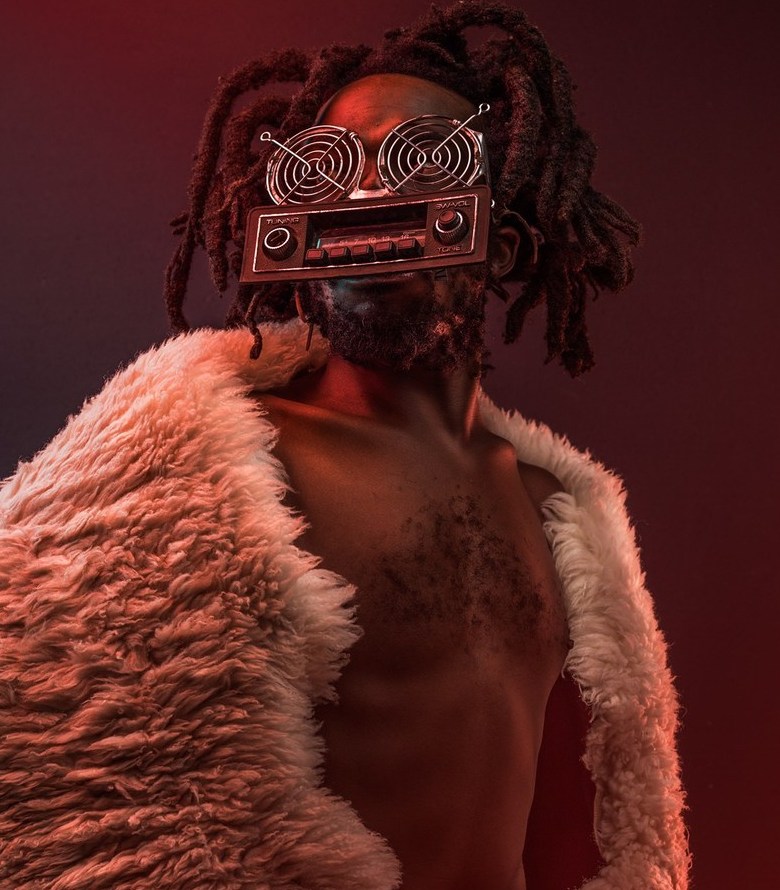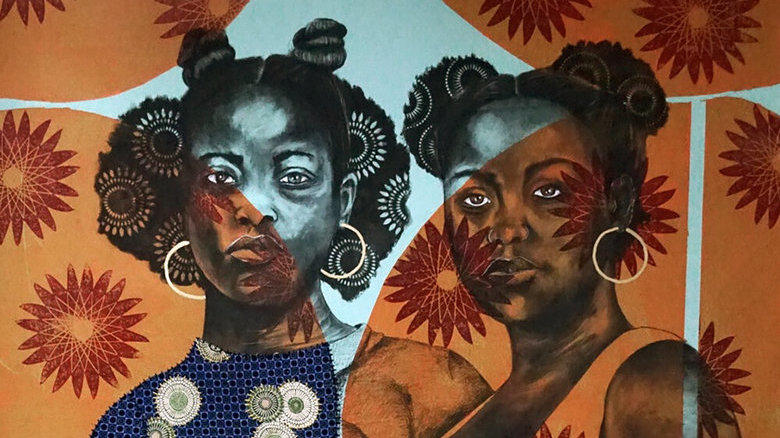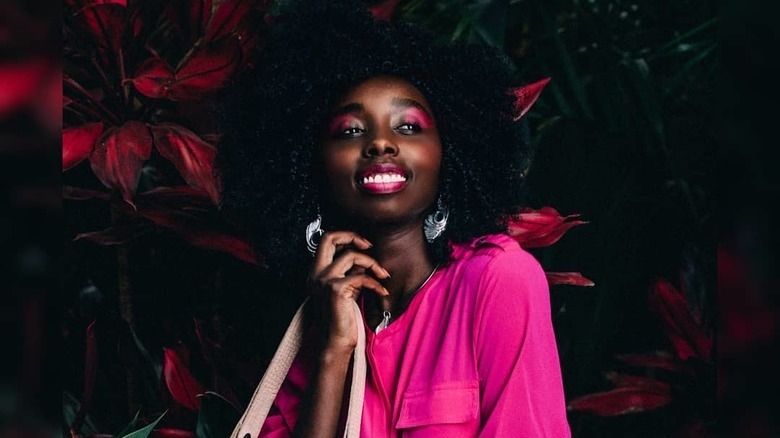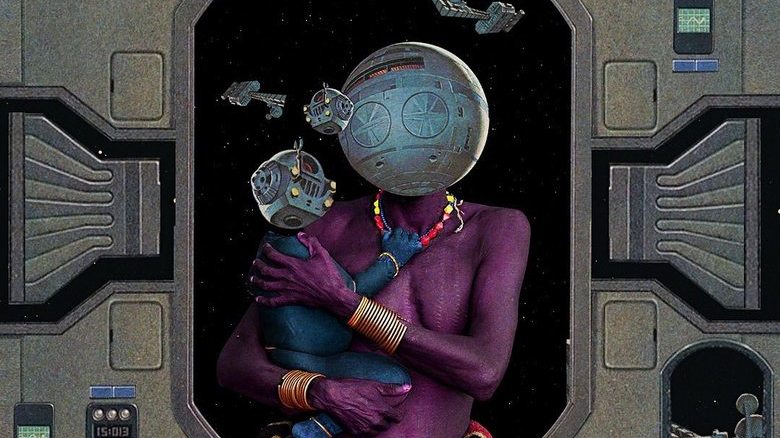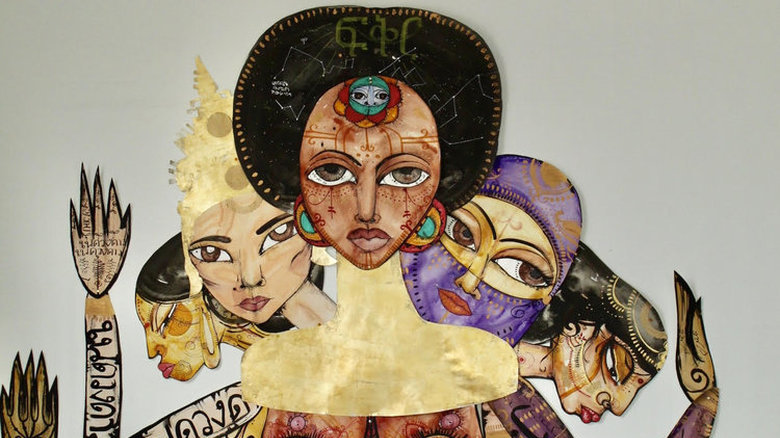Interview with Kenyan Digital Artist and Photographer Osborne Macharia
We interviewed Kenyan digital artist Osborne Macharia about his work, inspiration and process.
When and how did your interest in digital photography begin? Who were some of your influences?
It all started when I was in my 4th year of study and I failed a unit and its supplementary exam in campus, I was studying Architecture. Policy was I had to stay out for 1 academic year redoing the one unit. I had a lot of free time and its at that time I stumbled upon the works of legendary photographer Joey Lawrence and everything changed for me right there and then. His style of photography was all driven by dynamic lighting and thats when I knew my work will be defined by dynamic lighting as well. This lead to me spending countless hours behind the computer researching and going through tutorials after tutorials. I was good at making Architectural models at that time so I would build them over a period of 2-3 weeks and channel the money towards buying camera equipment. This went on for almost 3yrs until the photography business was able to sustain itself.e interviewed Kenyan digital artist Osborne Macharia about his work, inspiration and process.
When and how did your interest in digital photography begin? Who were some of your influences?
It all started when I was in my 4th year of study and I failed a unit and its supplementary exam in campus, I was studying Architecture. Policy was I had to stay out for 1 academic year redoing the one unit. I had a lot of free time and its at that time I stumbled upon the works of legendary photographer Joey Lawrence and everything changed for me right there and then. His style of photography was all driven by dynamic lighting and thats when I knew my work will be defined by dynamic lighting as well. This lead to me spending countless hours behind the computer researching and going through tutorials after tutorials. I was good at making Architectural models at that time so I would build them over a period of 2-3 weeks and channel the money towards buying camera equipment. This went on for almost 3yrs until the photography business was able to sustain itself.
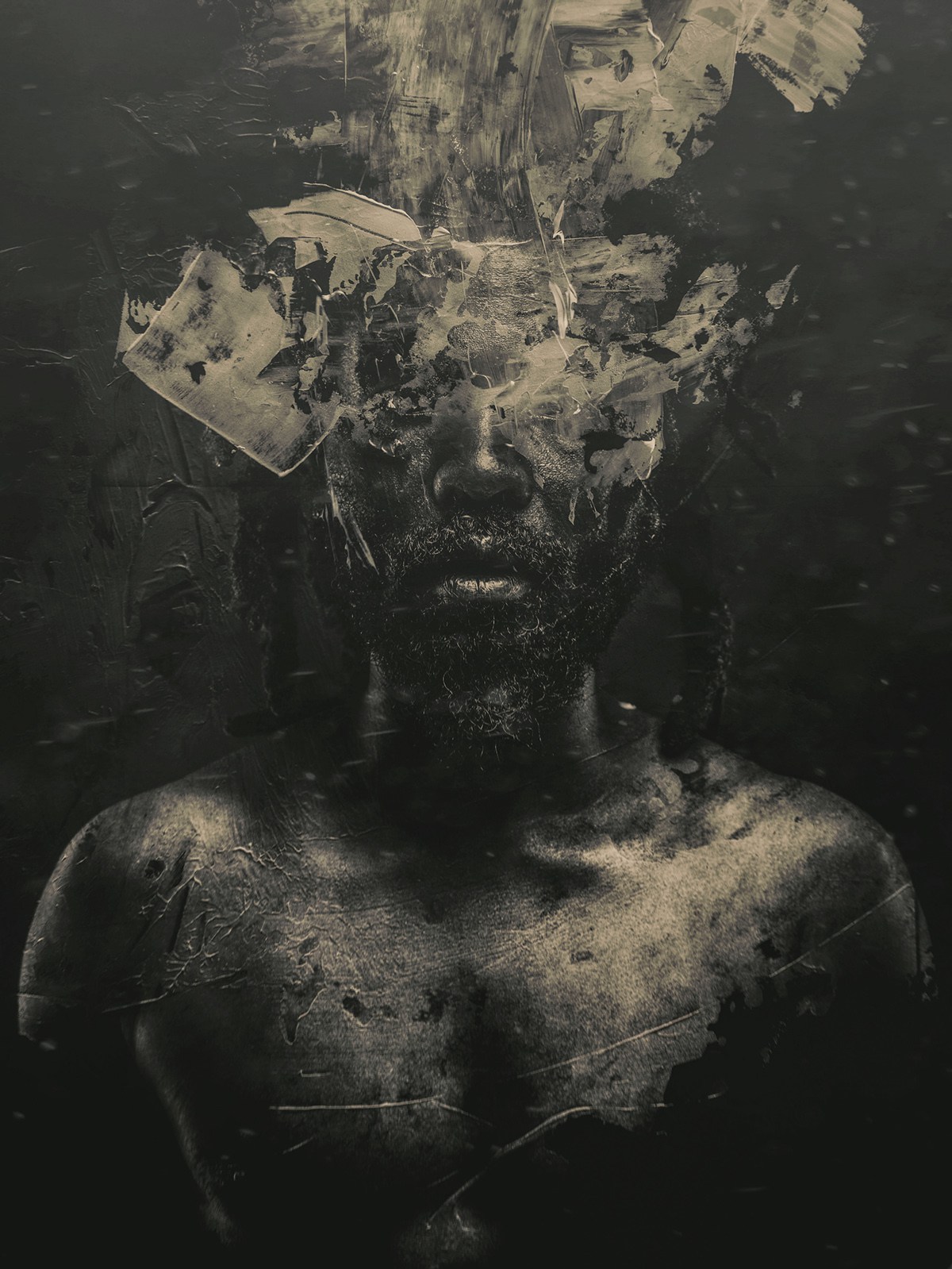
“I would say that my work this far is governed by 3 key principles; Identity, Culture and Fiction. Each project has to have a story that people can identify with and thats very important to me.”

You take these magnificent portraits of Kenyans, most type of these portraits are reserved for fashion models what motivated you to capture everyday Kenyans like in the project Chokosh?
I guess most of my best opportunities have come at moments of transition and uncertainty. In 2014 I was a transition point in my commercial business which resulted in a couple of dry months with little work coming my way. This was an ideal time for me to travel and take pictures of the Maasai that I had been planning to do for a while but this time I wanted to take the whole ‘studio’ setup if you can call it, on-location in Kajiado. At the same time I wanted to experiment on coloured lighting to give drama, mood and accentuate the emotions behind the subject. To my surprise as soon as I put up both projects from that series (Namanga & Guardians Of Isaarat) on Behance, they were featured on their curated galleries. I was excited and knew for sure I was on the right track to discovering my style. With time I found that my projects were leaning towards the ordinary folk who had so much character and identity that you wouldn’t notice them until they were in font of the camera. Each project afterwards kept being featured on Behance. Chokoshis a testament to that.

“One thing is for sure, I want to show the world the rich and exceptionally diverse culture we have that many a times is mistaken for poverty, barbarism and violence.”

Africans are typically the subjects of ethnographic type of photographic projects , do you think your photographs capture a different view of Kenya than what you would typically see done by foreign photographers? How would you say you are different?
One thing is for sure, I want to show the world the rich and exceptionally diverse culture we have that many a times is mistaken for poverty, barbarism and violence. I believe there isn’t anyone who can capture the true beauty of what we have better than ourselves because we have grown up with it, we see it as we know it. We have a lot of powerful and wonderful stories that if well captured either through film, photography, illustration or motion graphics and CGI, would elevate our identity to a whole new level.
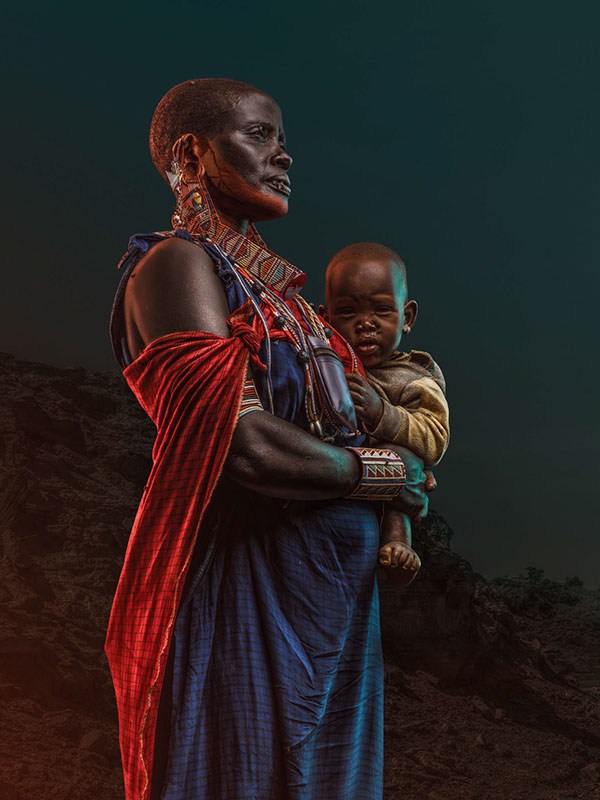
“Sometimes I create work that is void of meaning to me but beautiful to look at and I let the viewer interpret it for themselves. I find it very difficult to explain my work because I never have the words to say.”

Are there any particular stories you are interested in telling through your portrait photography? What stories do you want your artwork to tell? What are you trying to show?I would say that my work this far is governed by 3 key principles; Identity, Culture and Fiction. Each project has to have a story that people can identify with and thats very important to me. This year i’ll focus more on fictional stories and give rise to characters and lifestyles that feel so real that they spark conversation. Sometimes I create work that is void of meaning to me but beautiful to look at and I let the viewer interpret it for themselves. I find it very difficult to explain my work because I never have the words to say.
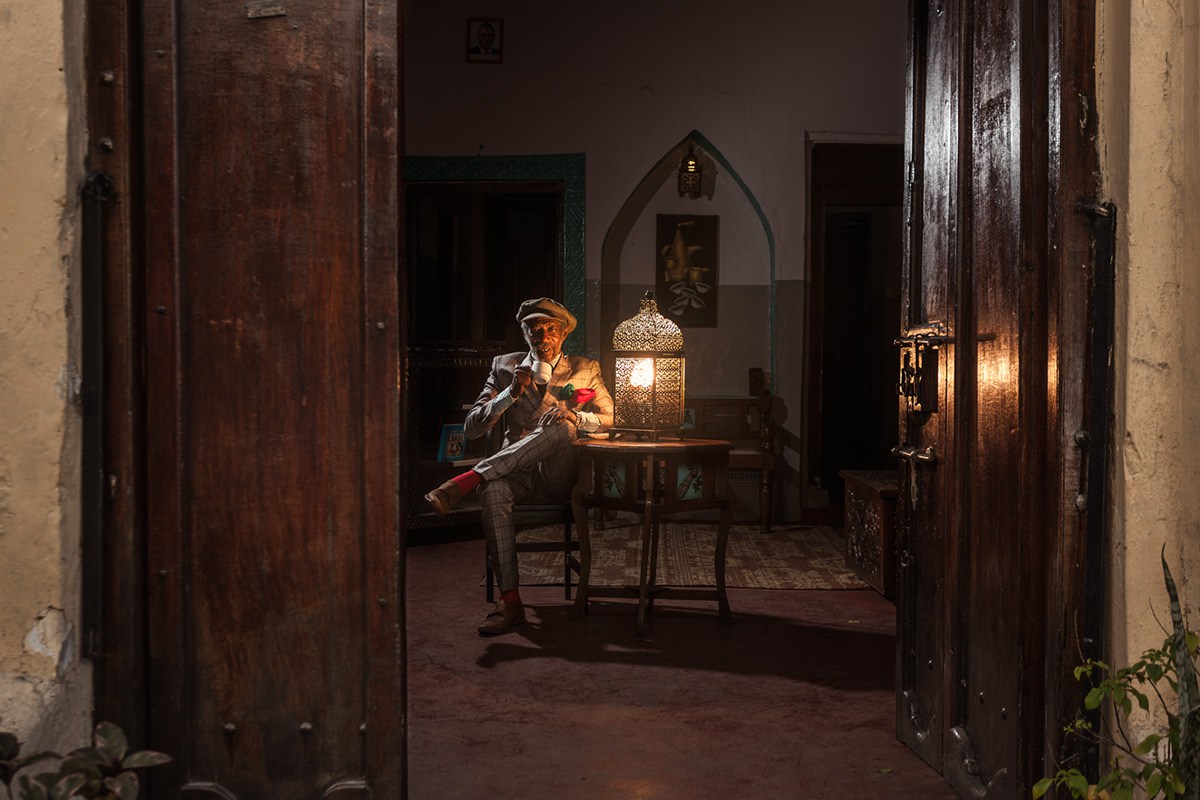

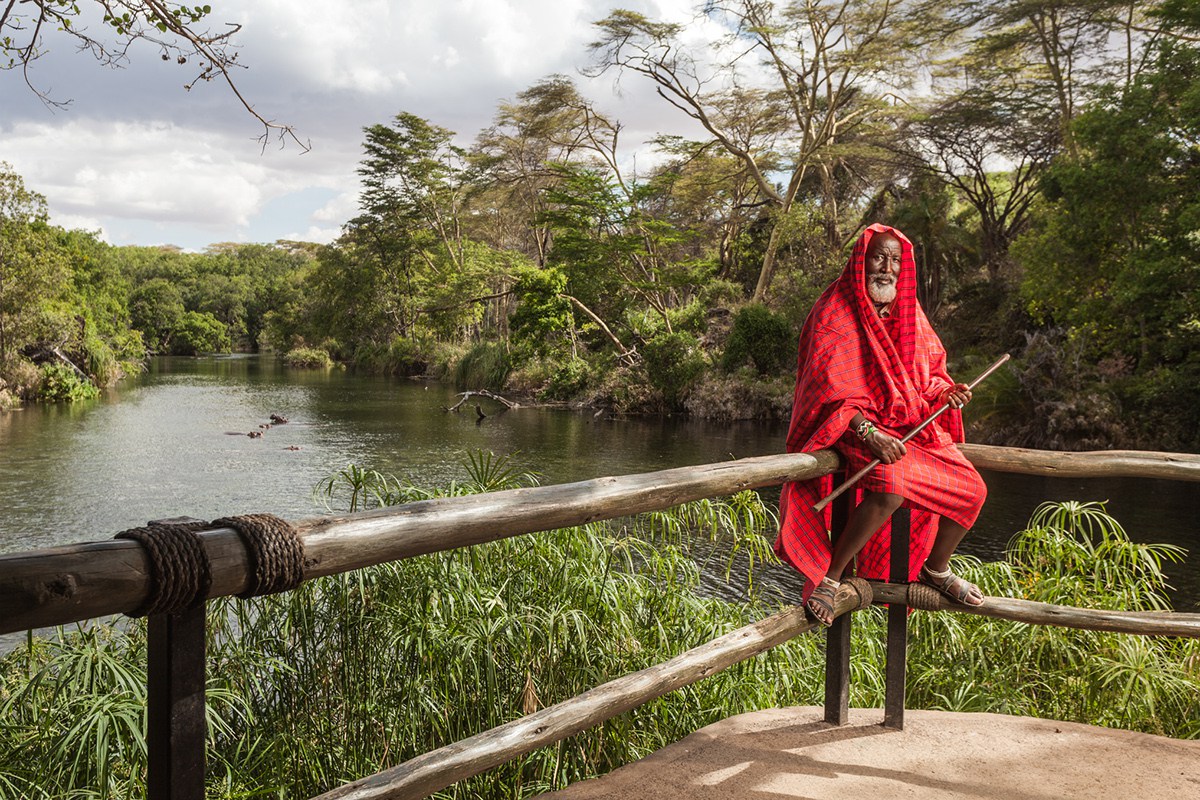
Can you take us through the process of a particular project? How do you plan your projects, what tools do you use?
A good example would be ‘Macicio’ (pronounced Mashishio). I cannot remember what sparked the conversation about men in dreadlocks but that lead to a long conversation between my good friend and fashion stylist/talent scout Kevin Abraham that went on for weeks. Each conversation morphed into the next and it finally dawned on me that what if during the Mau Mau era there was a special unit made of opticians who designed this crude eye wear that they would use to spot the enemy at night. This led to 4 months of planning, scouting for talent, designing the spectacles and corresponding via whatsapp when he was at the workshop. Finally were ready to shoot. I’m happy to say that the project was well received. In terms of tools, I currently shoot all my personal work with the Hasselblad H5D and Profoto B3 for lighting. For editing/retouching Photoshop and Lightroom.
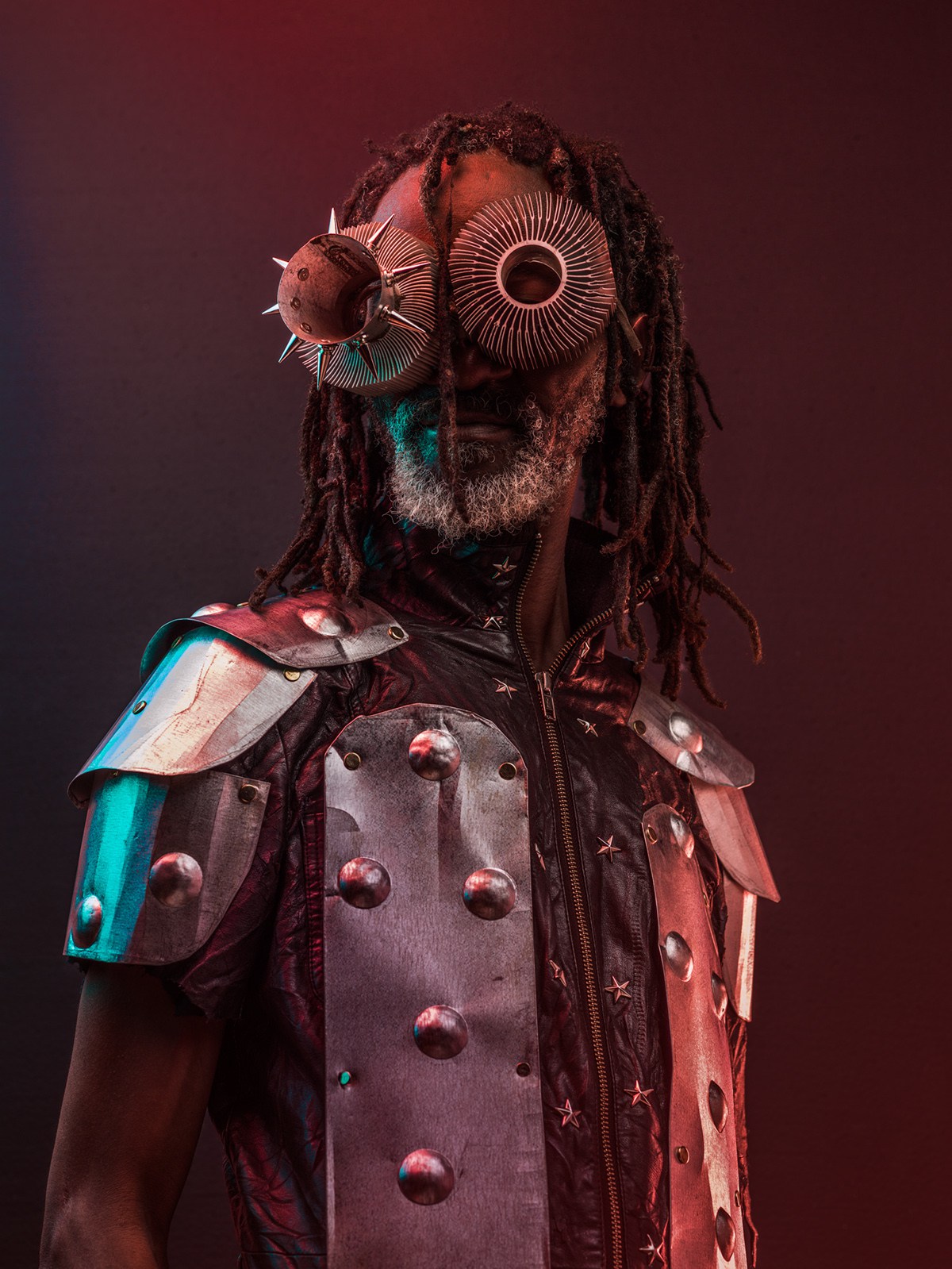
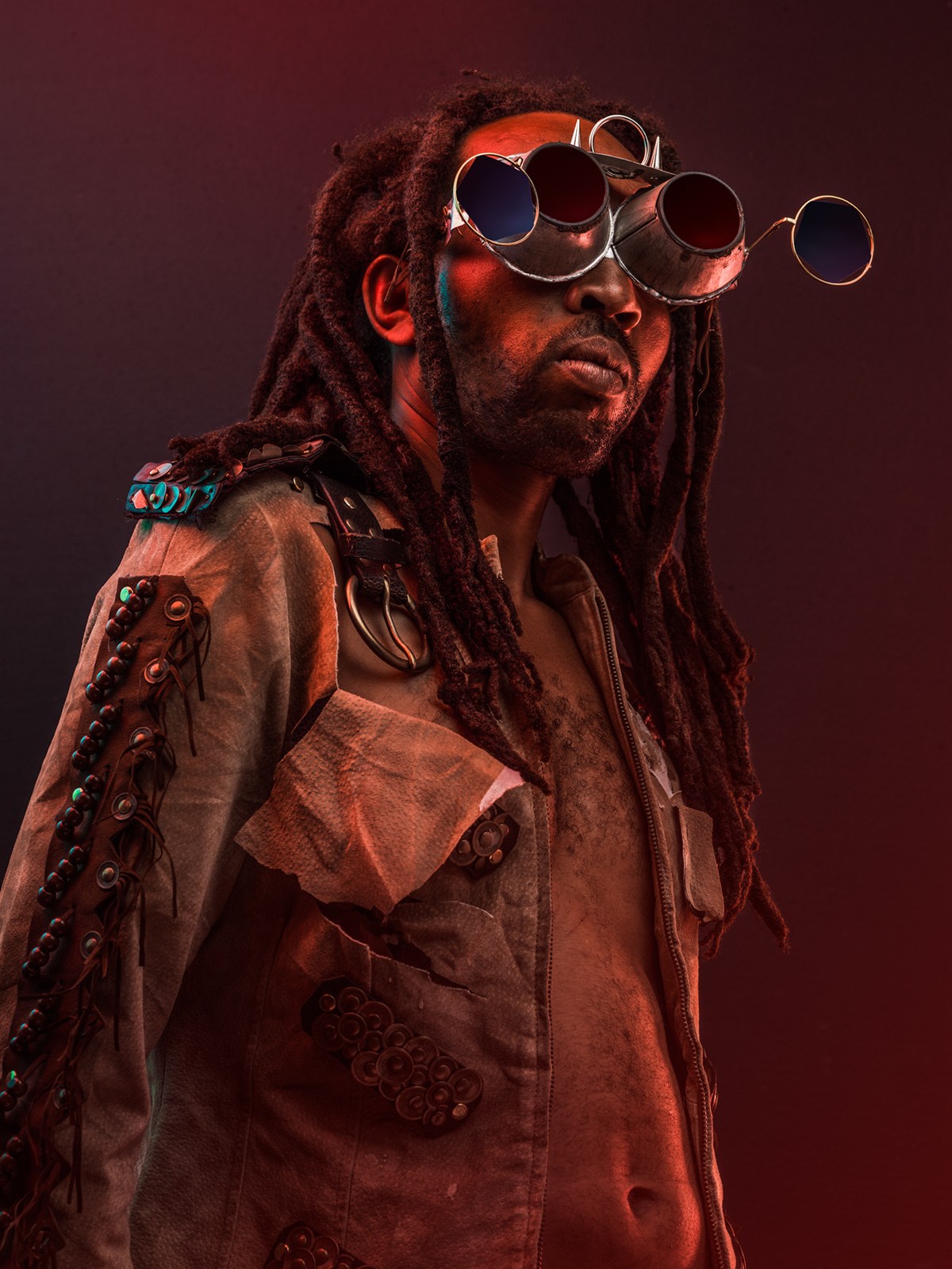
“This is my first of many fictional stories to come. It revolves around the Mau Mau (Guerrilla fighters during Kenya’s struggle for independence). Rumor has it that within the Mau Mau fighters was a special unit of 5 opticians who hand crafted special made spectacles that they used to spot the enemey at night. Little is know about them.. till now.”
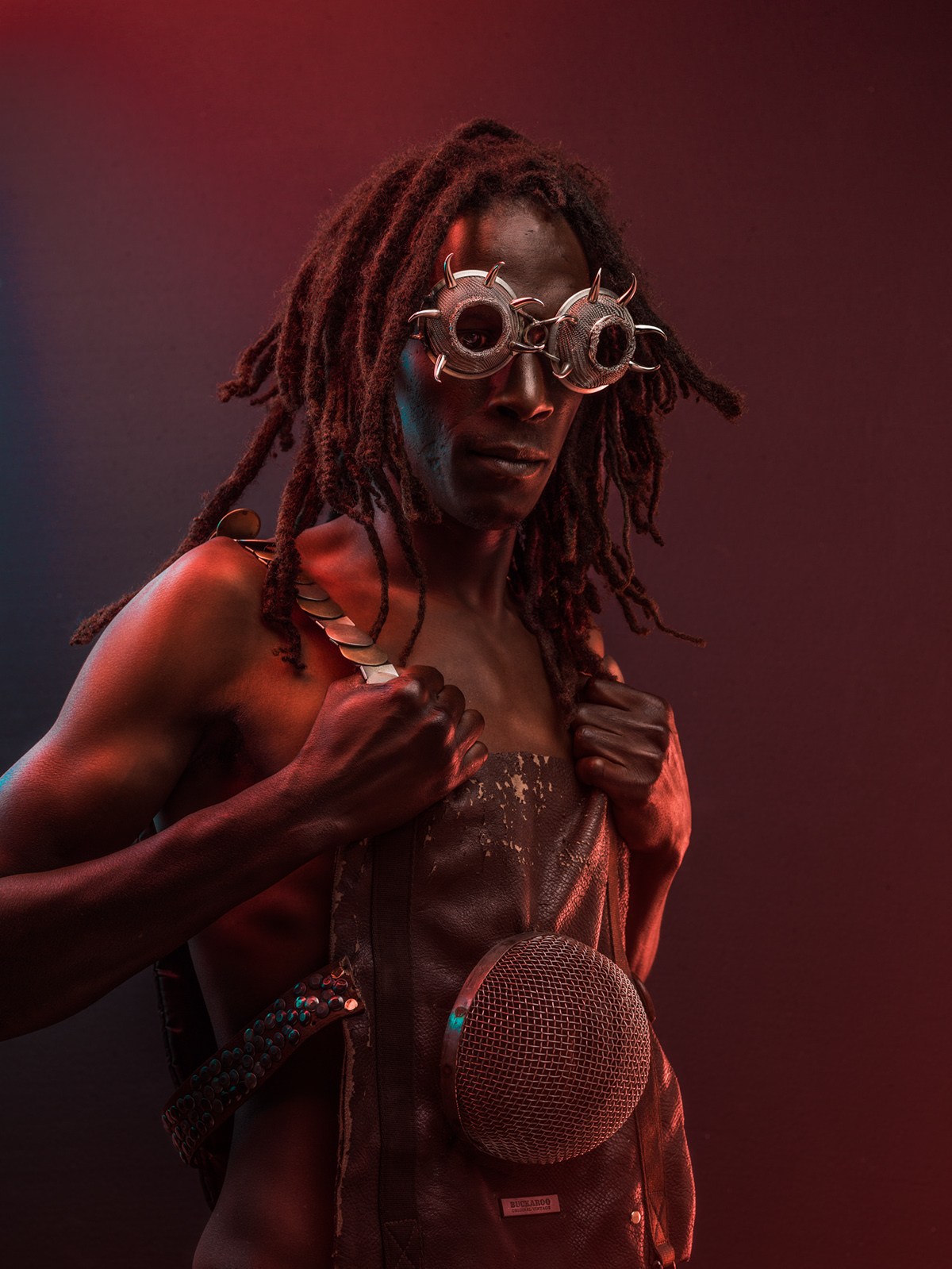
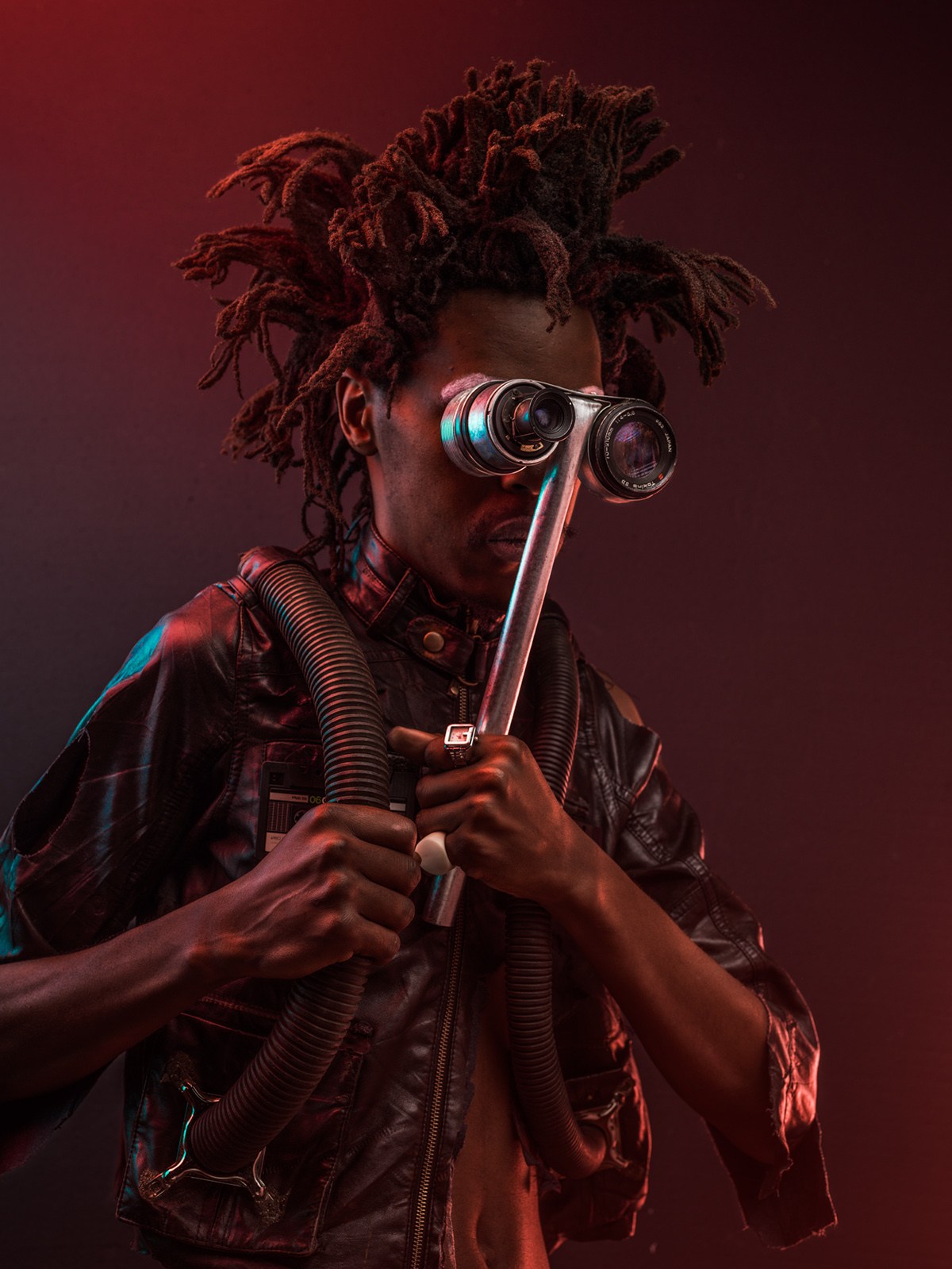
Any advice for anyone who is interested in capturing their culture through photography? Things you have learned along the way?
The first and foremost it starts with defining your style and keep crafting it to make it different. I have come to appreciate how form follows function as much as the story determines the look, lighting, retouching and mood of the project at hand. Story is king. One should use whatever resources they have at that moment and build your equipment as resources become available. Never settle for the ordinary as you easily become irrelevant. There is always a hidden story next to you but its the way you capture it in its finesse that makes the whole difference. Research tirelessly and experiment.
